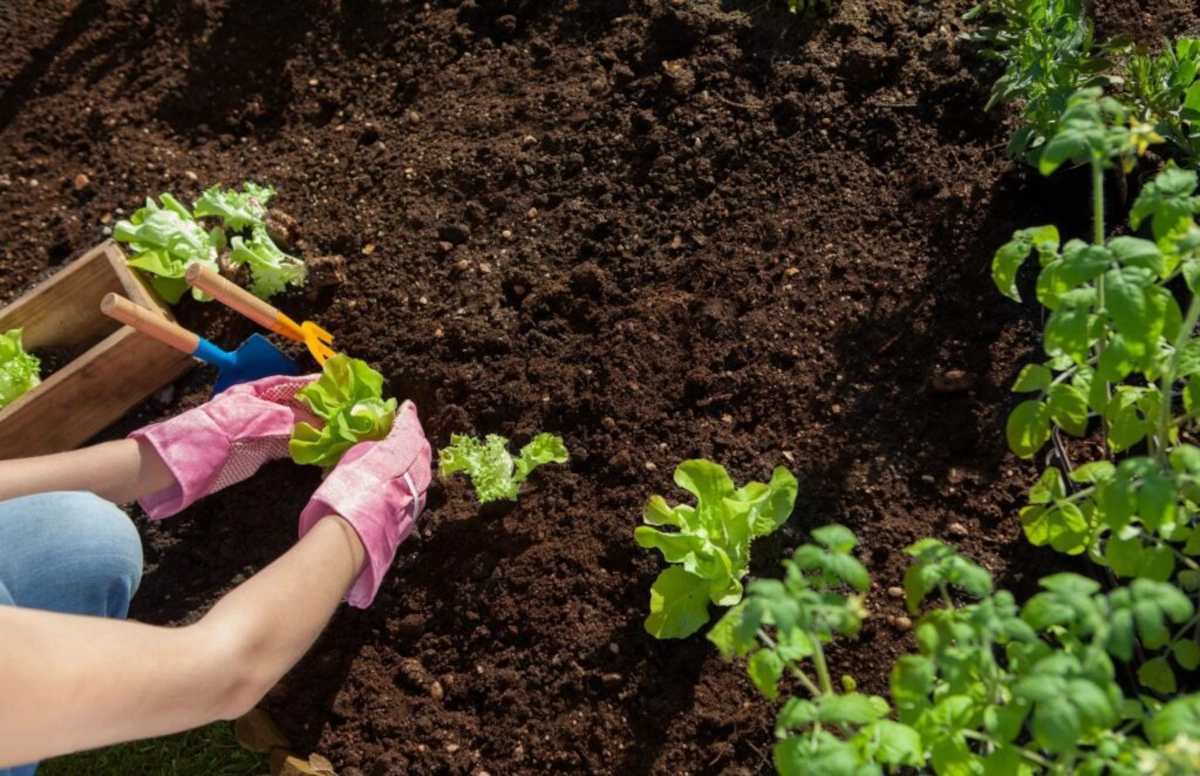Best Soil Mixture for Raised Beds
When it comes to gardening, the soil mixture is an essential element that determines the success or failure of your plants. One popular method of gardening is using raised beds, which provide several benefits such as improved drainage, better control over soil quality, and reduced weed growth. But what is the best soil mixture for raised beds? In this article, we will explore the different types of soil and how to create the best soil mixture for a raised bed.
Types of Soil
There are three main types of soil: sand, silt, and clay. Sand has large particles, which allows for good drainage but does not retain water well. Clay has tiny particles that hold water but can be dense and poorly draining. Silt falls between the two in terms of particle size and drainage. A good soil mixture for a raised bed will combine all three types of soil in the right proportions to provide a balanced environment for your plants.
Determine Soil Texture
The first step in creating the best soil mixture for raised beds is to determine the soil texture of your garden. You can do this by performing a simple test using a jar, water, and soil. Fill a jar with water, add soil, and shake it vigorously for a minute. Let the jar sit for several hours until the particles settle into layers. The bottom layer will be sand, the middle layer silt, and the top layer clay. By measuring the thickness of each layer, you can determine the soil texture of your garden.
Make the Right Adjustments
Once you know your soil texture, you can adjust your soil mixture accordingly. A good soil mixture for raised beds should contain 50% topsoil, 25% compost, and 25% sand or perlite. Topsoil is the upper layer of soil that contains the most organic matter and nutrients. Compost is decomposed organic matter that enriches the soil and improves drainage. Sand or perlite improves drainage and prevents compaction.
If your garden has sandy soil, you can increase the amount of compost and topsoil in your mixture to improve water retention. If you have clay soil, you can add more sand or perlite to improve drainage. You can also add organic matter such as peat moss, leaf mold, or shredded bark to improve the texture and fertility of your soil.
When choosing topsoil for your raised bed, it is important to avoid soil that has been treated with pesticides or herbicides. You can buy organic topsoil from a garden center or create your own by mixing equal parts of compost, sand, and soil. Compost can be made at home by collecting food scraps, leaves, and other organic matter in a compost bin. Over time, the materials will decompose and turn into rich, black soil that can be used to improve your soil mixture.
Maintain the pH of the Soil Mix
In addition to the right soil mixture, it is also important to maintain the pH level of your soil. Most plants prefer slightly acidic soil with a pH range of 6.0 to 7.0. You can test the pH level of your soil using a soil testing kit available at garden centers. If your soil is too acidic, you can add lime to raise the pH level. If your soil is too alkaline, you can add sulfur to lower the pH level.
In conclusion, the best soil mixture for raised beds is one that combines topsoil, compost, and sand or perlite in the right proportions for your soil type. By adjusting the amount of each component, you can improve the texture, drainage, and fertility of your soil. It is also important to maintain the pH level of your soil to ensure that your plants receive the nutrients they need to thrive. With the right soil mixture and pH level, you can create a healthy environment for your plants and enjoy a bountiful harvest.
Get more gardening tips here.
More Resources:
